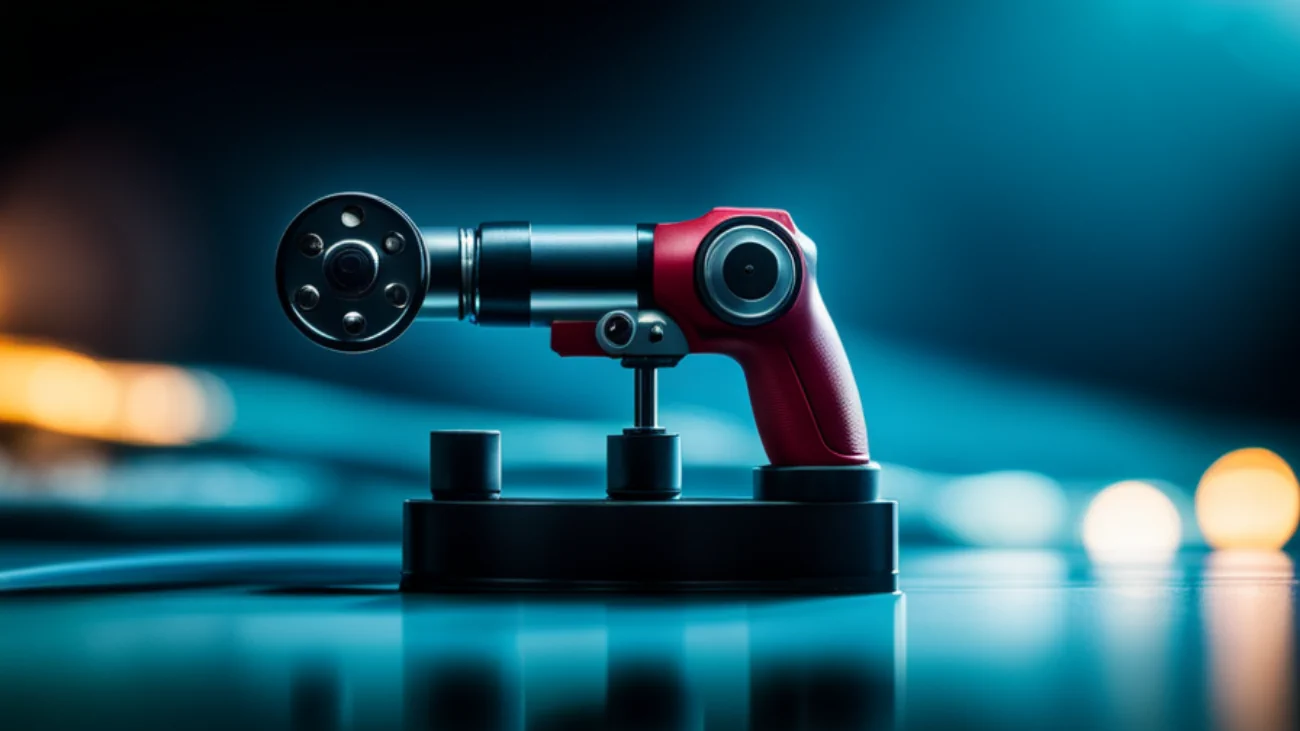Concept tool design refers to the process of developing and visualizing innovative and novel ideas for hand tools. It involves exploring new concepts, pushing the boundaries of traditional tool design, and envisioning tools that address specific user needs or challenges in unique ways. Concept tools are often created as prototypes or visual representations to demonstrate the idea and potential functionality of the tool.
Some key aspects of concept tool design:
- User-Centered Approach: Design starts with a deep understanding of end users, their specific needs, preferences, and pain points. Designers research, collect feedback, and identify opportunities for improvement or innovation in existing tools to create tools that improve user experience, efficiency, and security.
- Ideation and Brainstorming: Designers engage in creative brainstorming sessions to generate a wide range of concepts. These ideas can be inspired by various sources, such as nature, technology, user feedback, or emerging trends. The emphasis is on thinking and exploring unconventional solutions.
- Form and Function Exploration: It involves exploring both the form (physical appearance) and the function (capabilities and characteristics) of the tool. Different shapes, sizes, materials and finishes are experimented with to create visually appealing and ergonomic tooling concepts. It is also considered how the tool will perform specific tasks and incorporate innovative features or mechanisms.
- Iterative Design Process: Concept tool design follows an iterative process, where ideas are refined, prototyped, tested, and iterated based on user feedback and evaluation. This process allows for continuous improvement and refinement of the tool concept until the desired functionality and usability are achieved.
- Visualization Techniques: There are several visualization techniques to communicate your conceptual ideas effectively. This can include sketching, digital rendering, 3D modeling, or physical prototyping. These visual representations help convey the aesthetics, functionality, and potential user experience of the concept to stakeholders.
- Technological Integration: Technological advances open up new possibilities to improve tool functionality and user interaction. Conceptual tool design explores the integration of emerging technologies, such as IoT (Internet of Things), sensors or advanced materials, to improve their performance, connectivity or data analysis capabilities.
Construction materials
The choice of material depends on the type of tool, its function, the working environment and the preferences of the manufacturer and user. Each material has its advantages and disadvantages, and proper selection ensures the functionality, durability, and safety of the hand tool.
Some of the more frequent materials:
- Steel: Is one of the most widely used materials in hand tools due to its durability and strength. It can be present in different forms such as carbon steel, stainless steel, and high alloy steel, depending on the required properties.
- Aluminum alloys: Aluminum is used in tools where a combination of lightness and strength is sought, such as certain parts of power tools and tool boxes.
- Engineering plastics: High-strength, durable plastics such as nylon, fiberglass-reinforced polypropylene, and polycarbonate are used to make tool grips and housings to provide a comfortable grip and additional protection.
- Wood: Is used in the manufacture of hand tool handles, especially tools such as hammers, chisels, and screwdrivers.
- Rubber and gum: These materials are used to coat tool grips, providing a comfortable, non-slip grip.
- Cast iron: It is used in tools that need high resistance and durability, such as certain parts of hammers and cutters.
- Titanium: Is used in high-end tools where a combination of strength, lightness, and corrosion resistance is required.
Concept tool design serves as a platform for innovation, inspiring new ideas and possibilities within the industry. While not all concept tools may make it to commercial production, they play a crucial role in pushing the boundaries of design, stimulating creativity, and driving progress in the field of hand tool development.
Are you still interested in this topic?
A good idea is to continue here:

